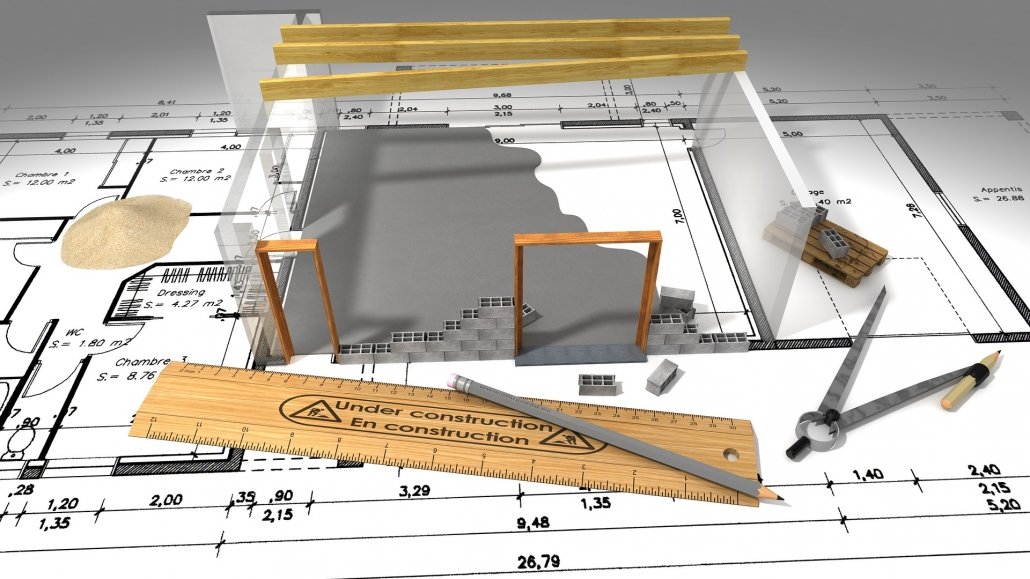
2D CAD Design
Design intent has received much attention in numerous disciplines ranging from mechanical engineering design, software engineering to human-computer interaction research. While it is universally acknowledged that knowing design intent is extremely useful, there is still a lack of both support for frameworks for design intent and widespread use in engineering. Design groups looking to use the latest design intent systems and tools face the problem that the bulk of their product data resides in unintelligent 2D drawings. There exists a need to propagate the design intent present in these 2D drawings to a structured, intelligent, reusable format. This paper tries to understand what design intent is in the domain of 2D CAD drawings by providing a definition for it along with a survey of research and literature in the area of design intent. The paper also focuses on the importance, capture, representation and retrieval of design intent from 2D CAD drawing.
The use of CAD/CAE in design documentation and modelling is becoming ubiquitous [1]. Feature-based CAD systems have demonstrated clear potential for creating attractive design environments and facilitating geometric reasoning related to design function, performance evaluation, manufacturing process planning, NC programming and other engineering tasks. In the last decade, interest in design intent systems has grown. Design intent systems are important tools because they can include not only the reasons behind a design decision but also the justification for it, the other alternatives considered, the tradeoffs evaluated, and the argumentation that led to the decision. The use of a design intent system - a tool for capturing and making design intent easily accessible - can thus improve dependency management, collaboration, reuse, maintenance, learning, and documentation. On the down side, while it was expected that solid modelling or design intent systems would replace drafting systems in design, this turned out to not be the case. Even today, most CAD applications are based on two-dimensional drafting. Shah [2] states that the reason for this failure is the deficiency of the geometric modelling tools. As the design and the manufacturing process evolve around the geometric shape of the product, the current generation of CAD systems is based on geometric modelling techniques. These techniques have proved to be deficient as their usefulness is limited to recording the embodiment detail of the product. Unfortunately designers no longer merely exchange geometric data but need to share more general information about the product such as the design intent, constraints, specifications and manufacturing knowledge. As design becomes increasingly knowledge intensive, the need for computational frameworks to effectively support the formal representation, capture, retrieval and reuse of product knowledge/design intent, becomes more critical [3]. Commercial and governmental entities looking to use design intent systems to improve their product development process, have to deal with the bulk of the design intent that resides in their current design data, such as the 2D drawings. This design intent needs to be propagated to a more reusable, intelligent and structured format such as those used by design intent or knowledge-based systems.
